11 Best Dog to Be Left Alone With Tips
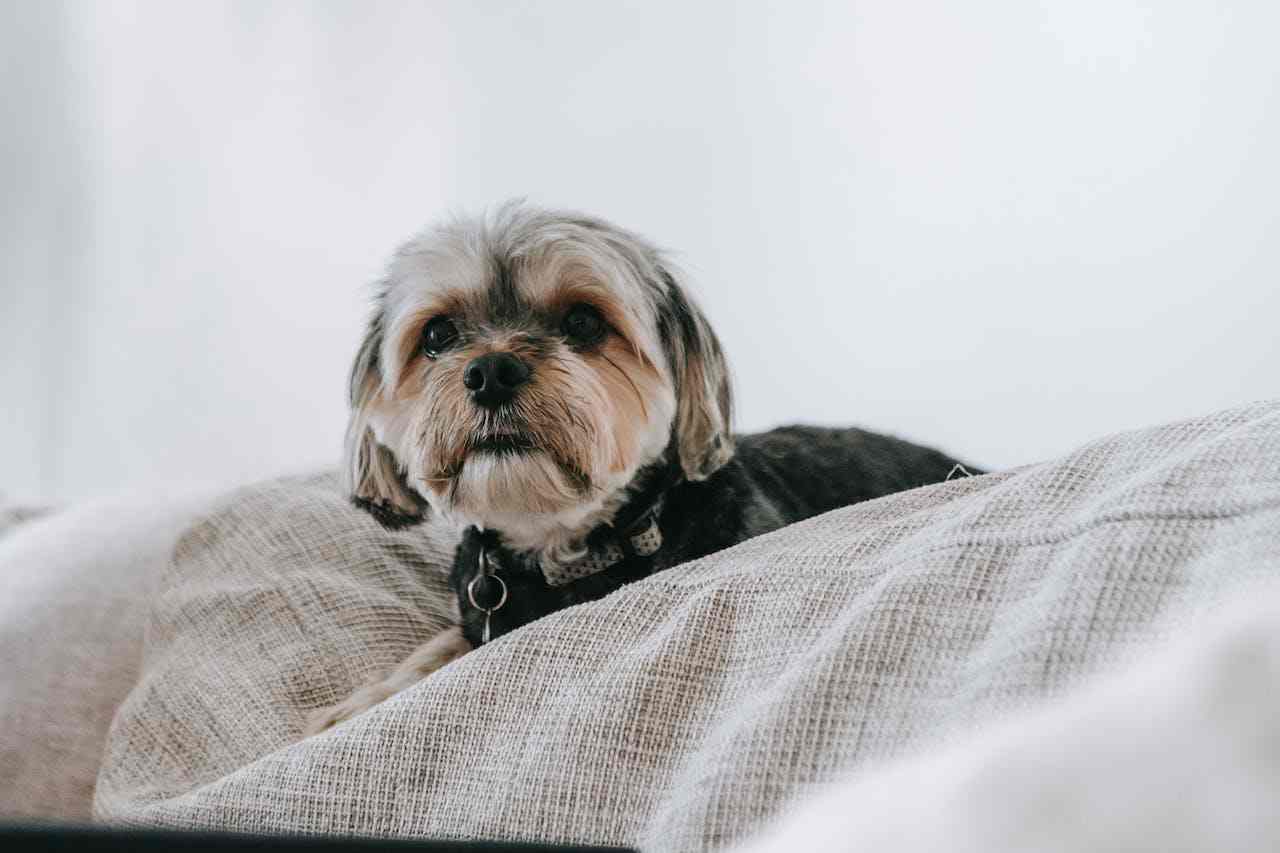
Have you ever wondered which dog is the ultimate champ at being left alone? Well, look no further because I’ve got the scoop for you.
In this post, we’re diving into the world of independent dog breeds that thrive when given some alone time.
So, if you’re a busy bee or simply prefer a low-maintenance furry friend, keep reading to discover the best doggo companion for your solo adventures!
Best Dog to Be Left Alone
When it comes to finding the best dog breed to be left alone, the Basset Hound is a top contender.
Their independent nature and low energy levels make them well-suited for solitude.
With their calm demeanor and ability to entertain themselves, Basset Hounds can thrive in a home where they may be left alone for longer periods of time.
Let’s break it down further…
Best Dogs to Be Left Alone
Here are some of the best dogs to be left alone:
1. Basset Hounds
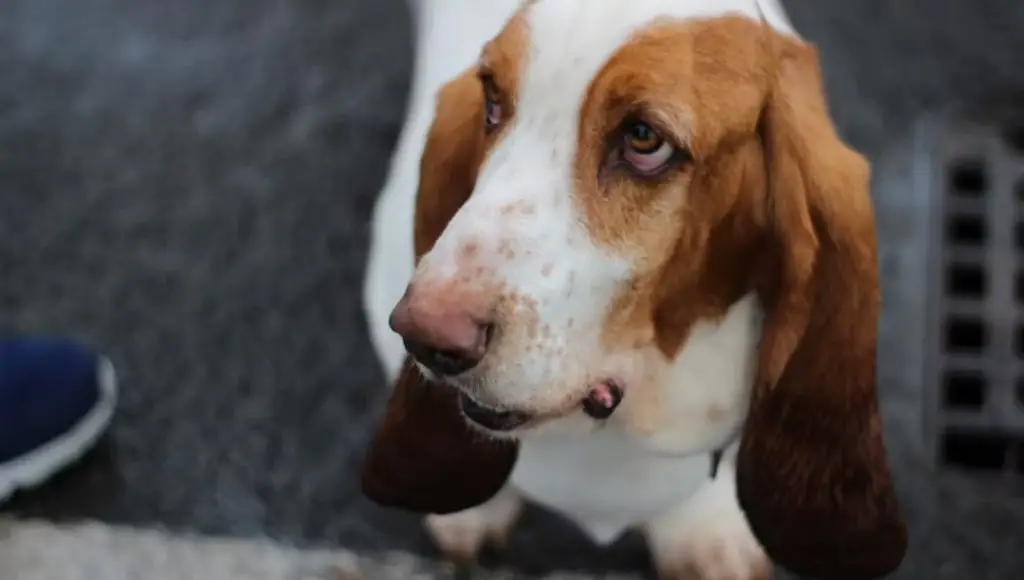
If you’re looking for a laid-back and low-maintenance dog, the Basset Hound could be a great choice.
These adorable, droopy-eared dogs have a calm and independent nature. Bassets are known for their relaxed temperament, which makes them less prone to separation anxiety.
They are generally content with their own company and can handle being left alone for moderate periods.
However, it’s important to note that Bassets are still social beings and require regular exercise and mental stimulation when you’re around.
2. Greyhounds

Greyhounds may surprise you as a breed that can handle solitude quite well.
Despite their reputation for being racing dogs, Greyhounds are often described as “couch potatoes” due to their laid-back nature.
They have a calm and independent character, which makes them comfortable with spending time alone.
Greyhounds are generally not overly demanding in terms of exercise and can enjoy a good sprint in a securely fenced area.
They do appreciate social interaction, so providing them with toys and puzzles can help keep them mentally stimulated in your absence.
3. Bullmastiffs
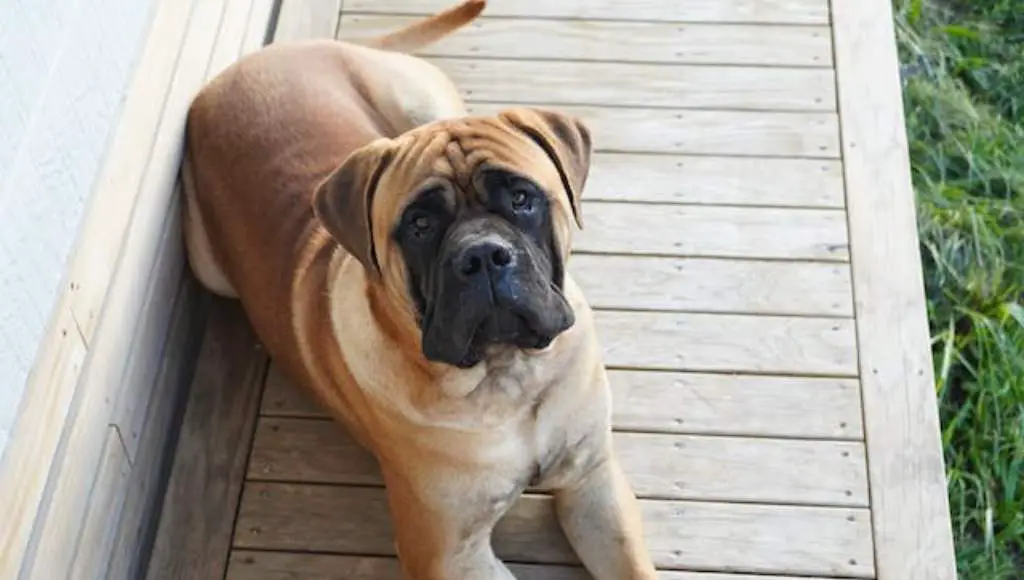
Bullmastiffs are known for their protective and loyal nature.
These gentle giants have a calm and independent demeanor, which makes them well-suited for being left alone.
They are generally not as prone to separation anxiety compared to some other breeds.
Bullmastiffs are excellent guard dogs, so they have a natural instinct to be watchful and protective of their home and family.
However, it’s important to ensure they receive regular exercise and training to prevent boredom and maintain their well-being.
4. Chow Chows
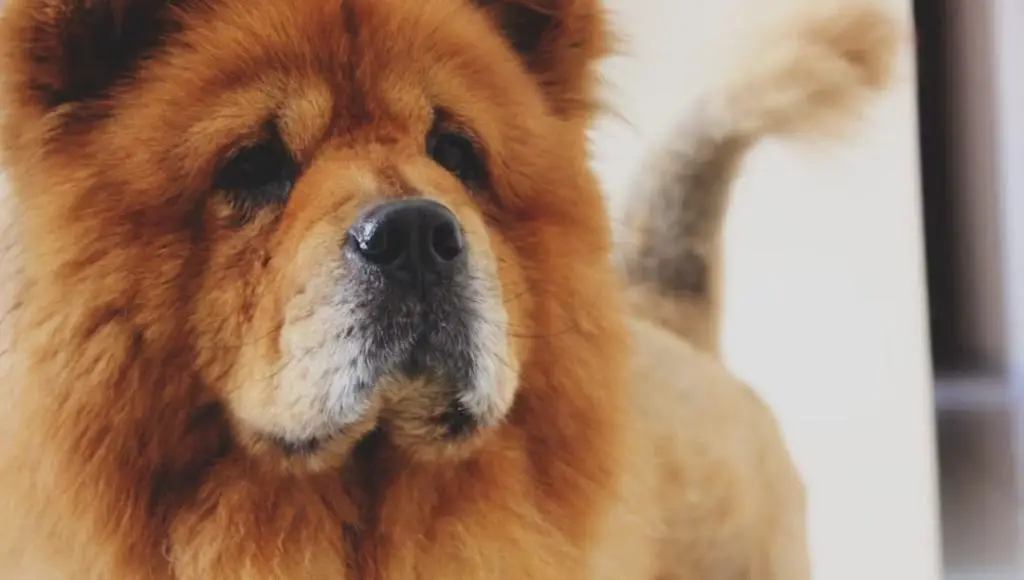
Chow Chows are known for their distinctive lion-like appearance and independent personality.
They have a strong sense of self and can be quite content spending time alone.
Chow Chows are generally not as demanding for attention as some other breeds, which makes them well-suited for people who have busy schedules.
However, it’s important to note that Chow Chows still require regular exercise, mental stimulation, and socialization to prevent them from becoming aloof or developing behavioral issues.
5. Basenji
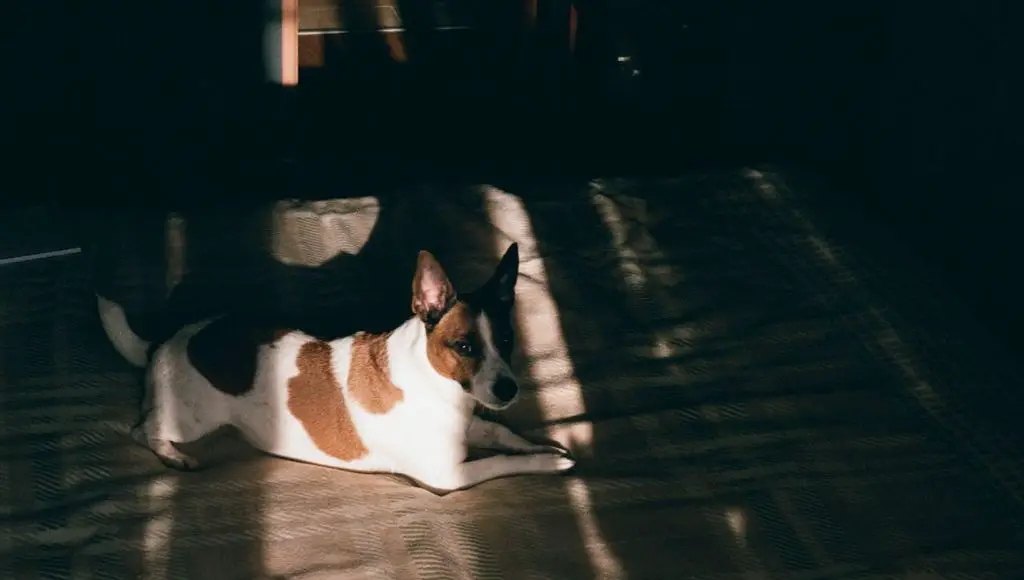
The Basenji is an independent and intelligent breed that hails from Central Africa.
Often referred to as the “barkless dog,” they have a unique vocalization that sounds more like a yodel or a howl.
This trait makes them an excellent choice for those living in apartments or close quarters where excessive barking might be an issue.
Basenjis are known for their self-reliance and can entertain themselves well.
They have a cat-like nature and are fastidious groomers. However, it’s important to note that Basenjis are quite active and need regular exercise to keep them happy and healthy.
6. Cavalier King Charles Spaniel

The Cavalier King Charles Spaniel is a delightful breed known for its affectionate and gentle nature.
They form strong bonds with their owners but can also handle being left alone for moderate periods.
Cavaliers are generally low-energy dogs, which means they don’t require intense exercise sessions to stay content.
However, they enjoy leisurely walks and playtime. These dogs thrive on human companionship, so it’s important to provide them with adequate mental stimulation in the form of interactive toys or puzzle games when you’re away.
With their sweet and loving temperament, Cavaliers are a popular choice for families and individuals alike.
7. Shih Tzu
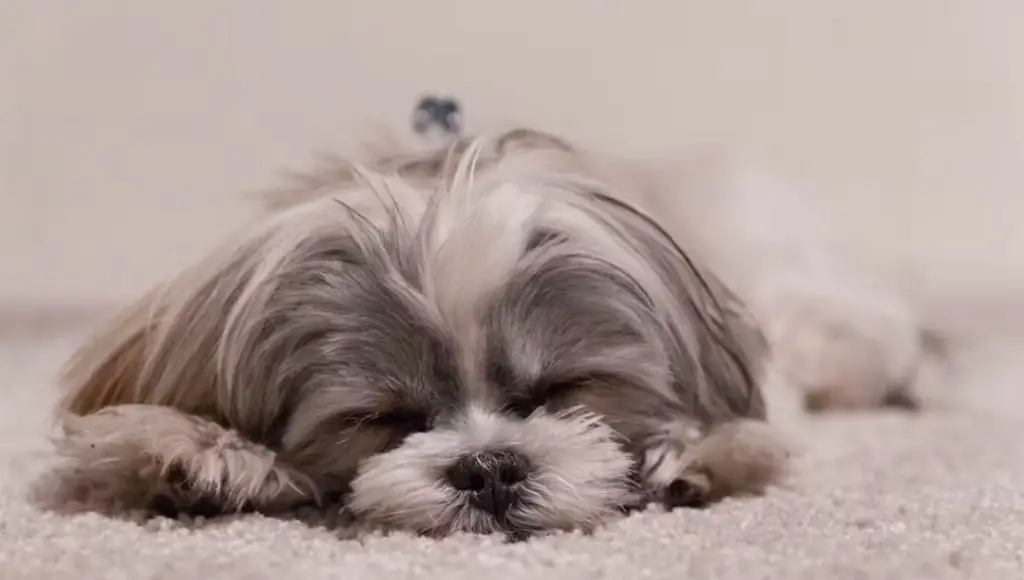
The Shih Tzu is a small, affectionate breed that has a reputation for being an excellent companion dog.
They are known for their friendly and adaptable nature, which makes them a great choice for people who work during the day.
Shih Tzus are generally content in their own company and require less exercise compared to some other breeds.
A short walk or some indoor playtime should suffice to keep them happy and mentally stimulated.
These dogs also have a luxurious coat that requires regular grooming, so keep that in mind when considering a Shih Tzu as your furry friend.
8. Maltese

The Maltese is a toy breed that is adored for its charming personality and beautiful, silky white coat.
Despite their small size, they have a big personality and can handle being left alone for reasonable periods.
Maltese dogs are known for their loyalty and affection towards their owners.
They enjoy being the center of attention but can also entertain themselves with toys and interactive games.
Although they don’t require extensive exercise, a short daily walk and some playtime will keep them physically and mentally stimulated.
Their hypoallergenic coat is another bonus for those with allergies.
9. Shar Pei

When it comes to independent and low-maintenance dogs, the Shar Pei is a fantastic choice.
This breed is known for its calm and relaxed demeanor, which makes them suitable for being left alone for extended periods.
Shar Peis are generally self-assured and don’t require constant attention or companionship.
They are content with their own company and can entertain themselves with toys or simply snooze the day away.
However, it’s important to note that even though they are independent, they still require regular exercise and mental stimulation to keep them happy and healthy.
10. English Cocker Spaniel
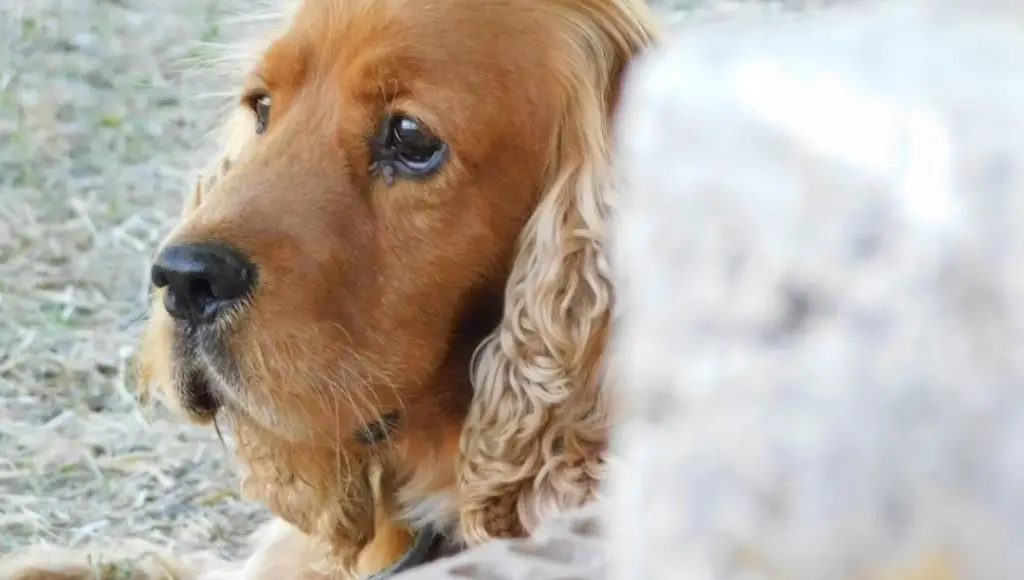
English Cocker Spaniels are not only adorable but also make excellent companions for those who need to leave them alone for a few hours.
Although they are affectionate and sociable dogs, they have a moderate level of independence, which allows them to handle being left alone without getting overly anxious or destructive.
These dogs are generally well-behaved and adapt well to a daily routine.
With a little exercise in the morning and some mental stimulation, such as puzzle toys or treat-dispensing toys, they can happily spend time on their own.
It’s important to note that English Cocker Spaniels thrive on human interaction, so they shouldn’t be left alone for extended periods regularly.
11. Boston Terrier

Boston Terriers are known for their friendly and easygoing nature, making them another breed that can handle being left alone.
They are sociable dogs but are also quite independent and can entertain themselves when necessary.
Boston Terriers are not prone to separation anxiety, which means they are less likely to become destructive or develop behavioral issues when left alone for a reasonable amount of time.
However, like any other dog, they still require daily exercise, mental stimulation, and social interaction. Incorporating playtime, walks, and interactive toys into their routines will help keep them happy and content when you’re not around.
Remember, even though these breeds can handle being left alone, it’s always important to gradually acclimate them to alone time and provide them with a safe and comfortable environment.
Learn more about fun things to do with your dog.
Ways to keep a dog busy when left alone
Here are some effective ways to keep a dog busy when you leave them at home alone:
1. Interactive Puzzle Toys: Invest in interactive puzzle toys that challenge your dog’s problem-solving skills. These toys often hide treats or require your dog to manipulate parts to access a hidden reward. This engaging activity will keep your dog entertained, mentally stimulated, and focused on a positive task.
2. Treat-Dispensing Toys: Treat-dispensing toys are a fantastic way to keep your dog occupied. Fill these toys with your dog’s favorite treats, and let them work to retrieve them. This not only provides mental stimulation but also encourages physical activity as they paw, roll, or toss the toy to release the treats.
3. Frozen Treats: On hot summer days, offer your dog a frozen treat to keep them cool and entertained. Freeze some dog-friendly ingredients like peanut butter, yogurt, or fruits in ice cube trays or specialized molds. The challenge of licking and chewing on the frozen treat will keep them happily occupied.
4. Interactive Games: Engage your dog’s mind with interactive games like hide-and-seek. Hide treats or toys around the house and encourage your dog to find them. This game taps into their natural instincts and provides a fun and rewarding mental exercise.
5. Doggy Daycare or Playdates: Consider enrolling your dog in a reputable doggy daycare or arranging playdates with other friendly dogs. Social interaction and playtime with their furry friends can help alleviate any loneliness or boredom your dog might experience when home alone.
6. Dog TV or Music: Believe it or not, there are specially designed TV shows and calming music created specifically for dogs. The visuals and sounds are tailored to capture their attention and provide a soothing experience. Leave the TV or music playing while you’re away to keep your dog entertained and relaxed.
7. Chew Toys: Chewing is a natural instinct for dogs, and providing them with appropriate chew toys can help alleviate anxiety and boredom. Opt for durable and safe toys that are specifically designed for heavy chewers. These toys not only keep your dog busy but also promote dental health.
8. Interactive Treat Dispensers: Interactive treat dispensers, such as puzzle feeders or treat balls, require your dog to work for their food. These toys challenge their problem-solving skills and slow down their eating pace, providing both mental stimulation and physical activity.
9. Training and Enrichment: Spend some time before you leave teaching your dog new tricks or practicing obedience commands. This mental engagement will tire them out and provide a sense of accomplishment. Additionally, consider providing interactive toys or treat puzzles as part of their regular enrichment routine.
10. Sensory Stations: Create sensory stations around your home to engage your dog’s senses. Set up a station with different textures, smells, and sounds for your pup to explore. You can use items like scented cotton balls, crinkly paper, and squeaky toys to create a multi-sensory experience that keeps your dog entertained and curious.
11. Quality Time Before You Go: Last but certainly not least, make sure to spend quality time with your pup before you head out. Take them for a walk, play a game of fetch, or simply cuddle up together on the couch. By giving your dog attention and affection before you leave, you help reassure them that everything will be okay until you return.
Learn more about leaving your dog at home alone.
FAQs
Can you recommend a dog breed that can handle being left alone for long periods?
Absolutely! If you’re looking for a dog breed that can handle being left alone, consider breeds like Basset Hounds, Greyhounds, or Chow Chows. These breeds tend to be more independent and can handle solitude better than others.
How long can these dogs be left alone without getting anxious or stressed?
While every dog is unique, these breeds can typically handle being left alone for around 4 to 6 hours without feeling too anxious or stressed. However, it’s important to gradually train them to be comfortable with solitude and provide them with enough mental and physical stimulation when you are around.
Are there any specific traits I should look for in a dog if I need to leave them alone frequently?
Yes, there are a few traits you should consider. Look for dogs that are known to be independent, adaptable, and have lower energy levels. Breeds like Cavalier King Charles Spaniels, Shih Tzus, or Whippets can be good options.
Do these dogs still require socialization and exercise despite being left alone?
Absolutely! Just because a dog can handle being left alone doesn’t mean they don’t need socialization and exercise. All dogs require mental and physical stimulation, so it’s essential to make time for walks, playtime, and interactions with other dogs and people.
What are some tips to help my dog cope with being left alone?
To help your dog cope with solitude, you can try crate training, leaving them with engaging toys or treat puzzles, and providing a safe and comfortable space for them. Gradually increase the time they spend alone to build their tolerance and consider hiring a dog walker or pet sitter if you’re away for extended periods.
Is it possible to leave any dog alone for an entire workday?
While it’s not ideal to leave any dog alone for an entire workday, some breeds may be more tolerant of longer periods alone. However, it’s important to remember that dogs are social animals, and extended periods of solitude can lead to behavioral issues or separation anxiety. If you work long hours, consider hiring a dog walker or arranging for daycare to ensure your furry friend gets the attention they need.
Learn more about how to stop puppy from barking when left alone.
Conclusion
In conclusion, when it comes to finding the best dog to be left alone, it’s important to consider their temperament, exercise needs, and adaptability. Breeds like the Basset Hound, Cavalier King Charles Spaniel, and Greyhound often handle solitude well and can be content with some alone time. Remember, every dog is unique, so take the time to understand their individual needs and provide them with the love and care they deserve even when you’re not around.
